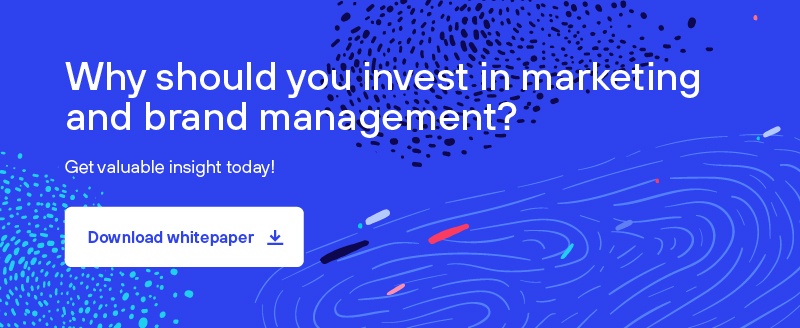Companies and digital systems
In today’s society, all companies have the need to invest and adopt technology that enables competitiveness and increased revenues. With a large selection of tools it’s difficult to find the right course. Everyone would like a product that pays its own dues and anticipate where in the lifetime cycle you will break even.
It’s not easy finding the correct answers to these questions, but it would be considerably easier if the product you are assessing, visibly illustrates that the investment is cost efficient for your company.
This is exactly the case with Digital Asset Management, a solution that has quickly become a necessity for most businesses that requires solid pillars in today’s modern marketing culture and brand expression.
Digital asset management is about storing, administrating, organising and sharing your brand and its assets, seamlessly and efficiently. When the increasing need for shorter time-to-market, efficient distribution and availability is a must, it is essential to manage your brand correctly.
Also read: Why you need to invest in brand management
Meeting management requirements
If your company has a dynamic brand and marketing strategy, you have probably realised that dying, traditional folder systems like Dropbox or a standard fileserver, neither provides the overview, control or functionalities you need.
Many marketers feel anxious and puzzled when management doesn’t take their challenges seriously. To make your case, there are often some important assessments that management would like to consider before investing in a new system.
Cut costs
It is an advantage when you can show the initiative for a new tool, highlights ROI and cut costs. DAM fulfills these demands as your company can cut labour costs in multiple departments such as the creative, marketing and IT department to mention a few. And what is equally important, is that you save resources that are used on external agencies.
The number of employees and time spent on handling and managing digital assets can efficiently be replaced with a proper DAM system. Why? Because a system will eliminate manual and time-consuming tasks. When a company uses DAM as a service, added costs related to upgrades, is also eliminated because it’s part of the delivery you pay for.
Increased productivity
DAM organises digital assets and allows direct and central control of your brand. This makes it easier for employees who are involved in design and production, to access necessary material, communications and brand assets. Subsequently, you get improved quality on assets in general, faster production and the company has more efficient campaigns and brand consistency.
Also read: Why marketers should invest in a DAM solution
Efficient marketing
Central control of a company’s brand, endorsed by a DAM system, contributes to healthy brand building and facilitates the company with proper processes and effective strategies.
Only by having updated marketing material available to everyone, you avoid the use of outdated logos. The control of brand and materials is essential to secure consistent and efficient brand management – with profits.
Increased efficiency
Services provided by a DAM system contributes with catalog production, graphic design, web development, online marketing and more. When these processes are streamlined, departments free resources to perform more critical and value-adding tasks that contributes to increased revenue.
A solid DAM system
A solid DAM system will manage heavy processes so you don’t have to. The DAM technology automates this process by you adding metadata once. Categorisation and structure are predefined and you avoid random storage and an expanding folder structure. As a result, you get a platform that is unison and straightforward and your users can easily locate what they need. This saves both you and your company many working hours and resources.
In fact, a study from 2018 discovered that automating meta tagging improved working processes for capital creation by 47%. This releases the marketing team so they are able to focus on creative tasks with value, for example by generating dynamic content and campaigns.
A DAM has to be automated. This enables pre-defining rules concerning meta tagging, cropping of images, size of marketing material, channels and image resolution to mention a few.
